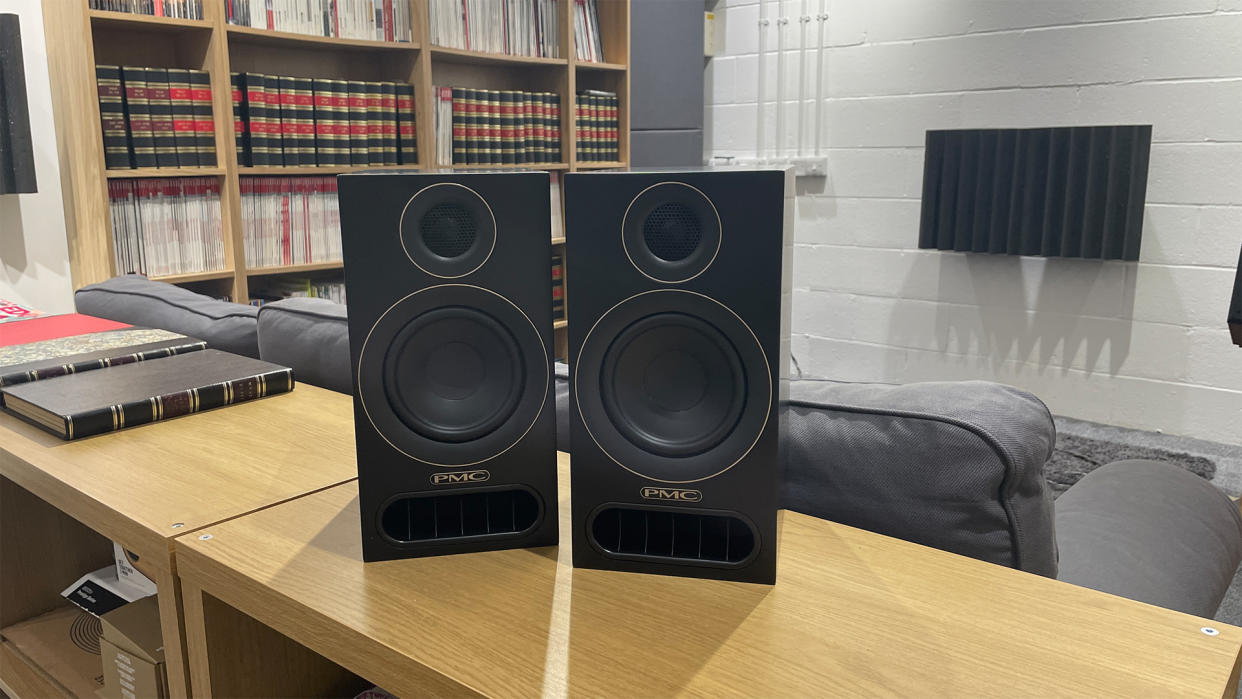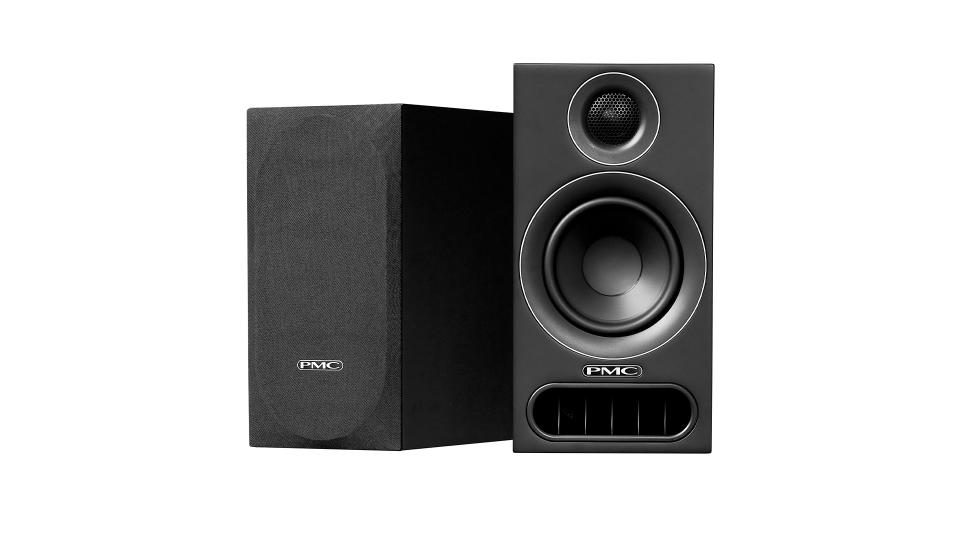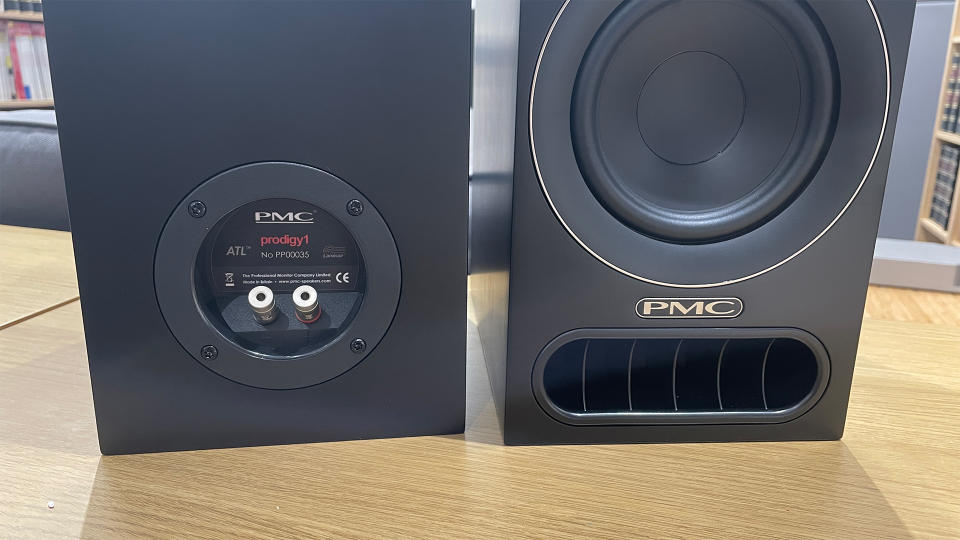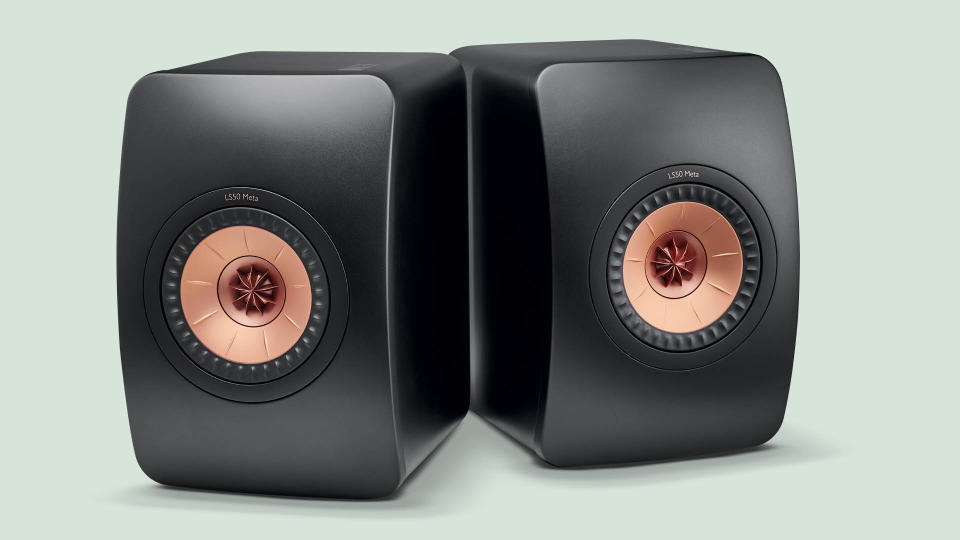PMC's superb Prodigy 1 illustrate the danger of perceived value

There’s no two ways about it; perceived value counts for a lot. No matter how well something performs, there’s every chance it’ll be disregarded by some in favour of something that looks and feels better, often before it’s even had a chance to sing to that audience.
The PMC Prodigy 1 we have recently tested could well fall victim to such misfortune, but for the sake of PMC’s efforts and, even more so, anyone in the market for bookshelf speakers, I really hope it does not.
When comparing their build to the What Hi-Fi? Award-winning KEF LS50 Meta in our review, we politely used the Stan Laurel and Oliver Hardy metaphor for their differences in stature (the PMCs tall and slim, the KEFs shorter and stockier), though we could’ve also made a Beauty and the Beast one (the PMCs being the 'Beast') to communicate the gulf between their aesthetic attraction too.
Now, don’t get me wrong, that second analogy shouldn’t be taken literally; the Prodigy 1 are far, far from beastly looking. It’s just that, comparatively speaking, they wouldn’t last long in a speaker market-wide knockout beauty contest. With their traditional box shape, finger-mark-magnet matte finish, and more black than is good for it without much in the way of embellishments, they look (and feel) a bit… plain. They hardly pile on the perceived value points.

You’d be much more inclined to picture the curvaceous, strikingly colourful KEFs in your living room, as well as many other well-reviewed speakers around or below that price – the Bowers & Wilkins 606 S3, Sonus Faber Lumina 1, Q Acoustics 5020, JBL L52 Classic… I could go on; the market isn't short of speakers an interior designer would happily embrace. And kudos to those manufacturers who offer competitive sound quality and attractive cabinets across their wildly different-priced speakers.
The thing is, while looks are important – everyone naturally wants their possessions to look as good as they function, whether it’s their car or home, kettle or slippers – a ‘plain’ design in hi-fi can actually be the sign of greatness. Why? Because in some cases, a modest, understated finish can signal that a speaker’s design and manufacturing cost, ultimately relayed to the consumer, has been predominantly put into its engineering. And the more money that goes into the engineering side of things generally translates to a greater potential for its performance to blow your socks off.
Indeed, if you haven’t guessed yet, the Prodigy 1 are examples of such visual-chumps-cum-sonic-champs.

Like 99.9 per cent of loudspeakers, the Prodigy 1 would’ve been designed with a retail price (or price region at least) in mind, so in order to meet it, the design, parts and manufacturing process obviously must fall in line. Thankfully for the Prodigys, PMC was able to implement some of its existing tried-and-tested technologies here – technologies that, of course, directly contribute to their exceptional performance. Both drivers were taken from two existing PMC speaker designs with proven sonic talents, while the brand’s signature Advanced Transmission Line bass-loading method and Laminair vent are together responsible for a great deal of the Prodigy 1's (surprisingly for their size) deep and punchy low-frequency output. Save for the Laminair vent, there’s a lot of that technology you can’t see, that doesn’t add to the perceived value but very much does their actual – performance-based – one.
All of that might not have been possible had PMC opted for costlier wood veneers or borrowed the sloped-back cabinet shape of the next-range-up Twenty5i series. Or even its mirrored rear panel. Either that or they might have cost 10 to 20 per cent more, or – gasp – become the only PMC speaker not manufactured in the UK in lieu of a cheaper manufacturing facility.
PMC certainly isn’t a company lacking in design creativity, as its exquisite Fact Fenestria, unique SE Series and a number of its super-smart studio monitors demonstrate. The company just chose a design that, financially and technically, would allow it to maximise the performance of the Prodigy speakers, consequently compromising the aesthetic in absolute terms. (Because every speaker designed to hit a budget is a compromise, after all!) It even made the grilles an optional extra to keep costs down, which I understand if some people think is a step too far. From a consumer point of view, I would’ve perhaps made the case for a premium-cost wood-veneer finish option, too. Perhaps one will follow if the series is successful and it’s feasible to do so.

All of this isn’t to say that the most handsome speakers aren’t fulfilling their performance potential because money has been spent on beauty care. The KEFs which have dominated their price point for years are one of many examples where an aesthetic/sonic quality balance has been very nicely struck. I’m sure there are readers who consider both must-haves, and that’s perfectly reasonable.
But if you’re demoing a bunch of speakers – or anything else – at a dealer, just bear in mind that if one doesn’t make a great first impression when it’s brought into the room, that doesn't mean it won't make a lasting one. In fact, there’s every chance it will.
MORE:
Our pick of the best speakers you can buy
Teaching your kids the value of hi-fi sound will set them up for life
We built a truly superb yet very affordable five-star turntable system

